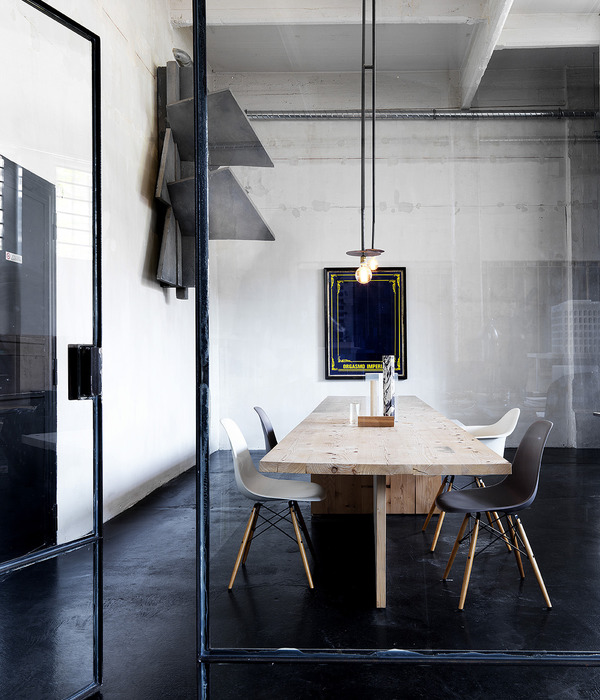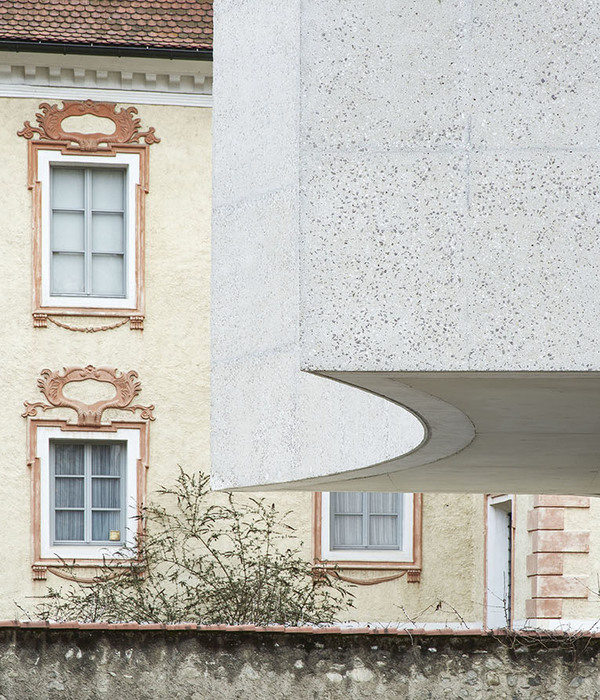Chih-Kang Chu re-imagines the two-seater bench with his latest creation — Dong’Dong Chiang — a communal bench that transforms effortlessly into a distinctive deck chair with a simple lift at one end.
The one-of-its-kind transformation from bench to chair is made possible by an enterprising tenon structure found only in traditional Chinese architecture. Integrating aspects of Taiwan society and architecture into his design, Chih-Kang has produced a truly uncommon piece of furniture. Chih-Kang’s work, recipient of both 2008 Red Dot and IF awards, is named after the musical rhythm played at lively temple fairs throughout Taiwan.
Chih-Kang recalls fondly, as a young boy growing up in rural Taiwan, how people would gather at the local temple with friends and family each evening. “In no short supply, one would find small, wooden, communal benches and chairs, providing free seating for anyone and everyone.” Grown-ups would sit and chat on these benches as children played nearby. “Memories of such events have become images so vivid in my head that I naturally put these elements together when I was invited to participate in a design exhibition with the communal bench as the theme.”
Dong’Dong Chiang is handmade in Taiwan by one of the country’s master woodcrafters, and with the belief that the true beauty of Asian hardwoods can only be uncovered by generations-old craftsmanship.
台湾设计师朱志康的设计将一个公用长凳变身为一个有趣的躺椅。
采用了中国传统建筑里独有的榫结构。将传统建筑智慧运用在社会需求中。该设计获得了红点设计大奖。朱志康还记得自己的童年,在台湾的农村,每晚家人和朋友都聚集在庙宇周围。地面上大大小小的公用木凳则为人们提供免费座位。这些记忆融入朱志康的血液中,当他被邀请为社区设计板凳时,他自然而然的将这些元素组合在了一起。纯手工打造,将亚洲硬木(白橡木与铁刀木)的美丽与传统古老工艺的淋漓展现。
MORE:
朱志康
,
Chih-Kang Chu
,更多请至:
{{item.text_origin}}












